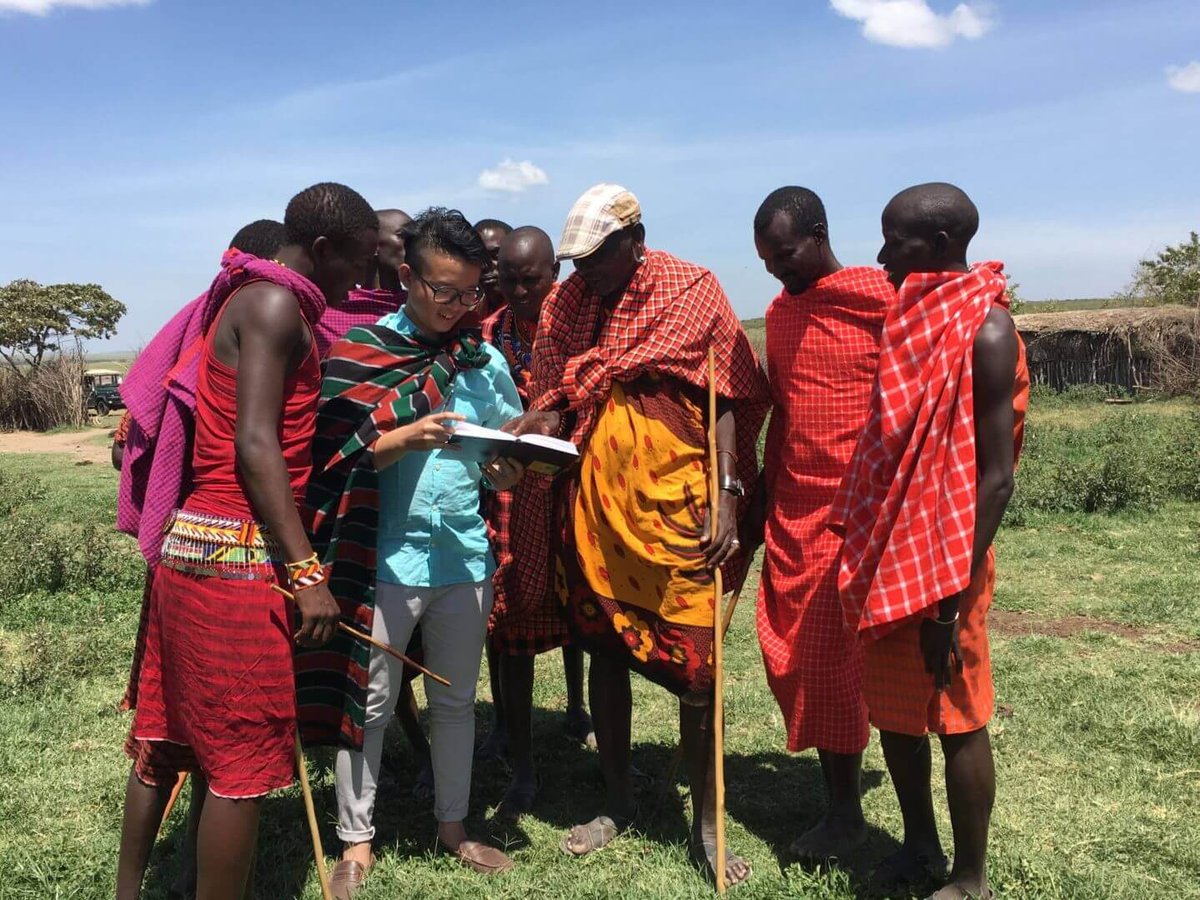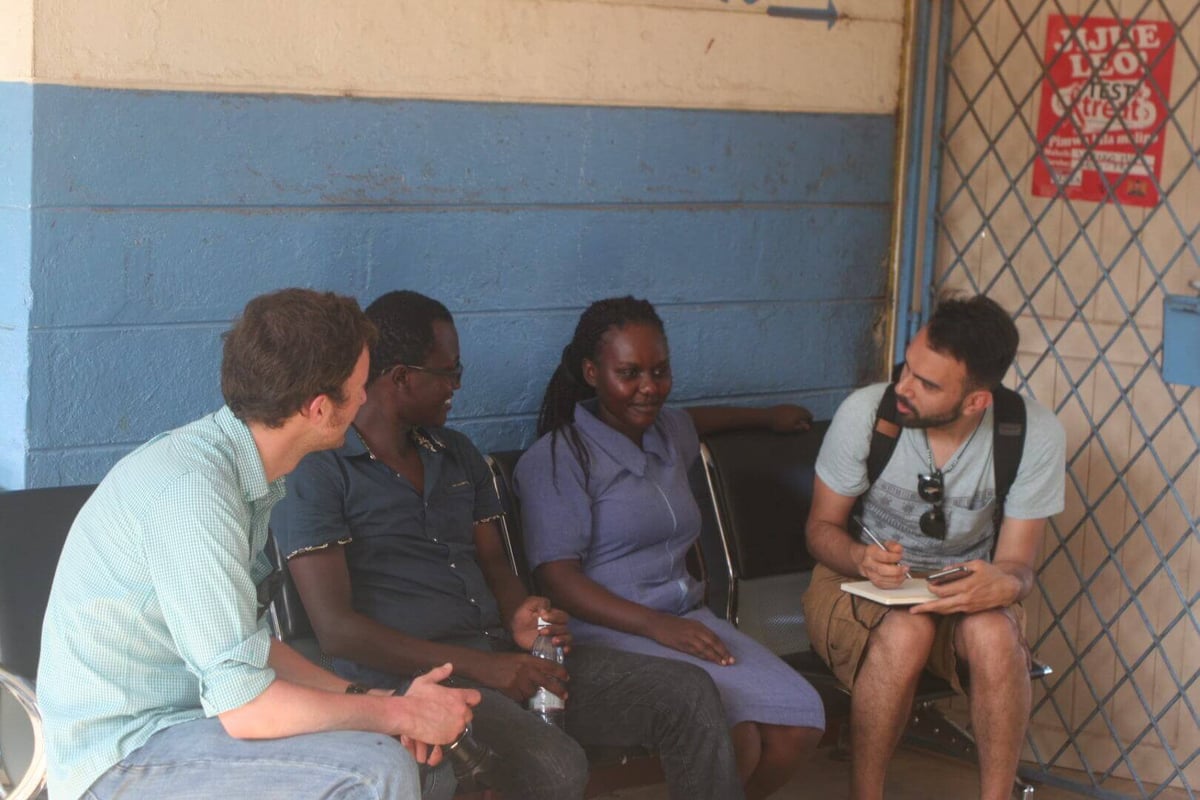Students from the College of Environmental Design spent their summer break in Kenya, learning about 3D printed houses for BetterPlace International.
There’s nothing better than flying halfway around the world and staying with locals to completely change your perspective on something.
For students at the College of Environmental Design, this change came from a trip to Kenya. They spent their summer break completing a field study and setting up their architectural design studio in Vipingo.
Associate Professor of Architecture Ronald Rael’s ARCH100D studio included thirteen students. Rael is an expert in 3D printing and led the semester-long research project. He explains:
“The trip’s purpose was to visit a site in Kenya to gain an understanding of the site, climate, traditional building practices, available materials, culture, and to be inspired by the country… Along with hospitals, they wanted to provide a high-tech solution to housing to attract surgeons to volunteer their expertise. The housing is intended for the hospital staff and surgical specialists.”
The research involved designing 3D printed houses for BetterPlace International which provides high-tech healthcare in remote areas in Sub-Saharan Africa. The organization was founded by Yuri Millo, who also sponsored the design studio. BetterPlace International’s goal is to provide sustainable and high-tech healthcare in remote and underserved areas in Sub-Saharan Africa.

3D Printing Homes with Local Materials
The field trip allowed the students to learn more about Vipingo’s people, culture, ecology, and landscape. As well as this, they also saw the building site and plans for 280 3D printed houses.
Therefore, students were creating designs which blended traditional materials and styles with western architecture methods.The organization combines local traditional influences and technology, such as 3D printing. Therefore, students were creating designs which blended traditional materials and styles with western architecture methods.
However, there are few resources in Vipingo. Currently, air conditioning, electricity, and running water are not a reality here. This meant the students needed to change their methods to incorporate a different way of living by becoming more connected to the location.
Finally, the students used local materials to develop a model of a mud house with thick walls. Rael adds:
“There was an amazing moment when Arvin, who had drawn several incredible sketches, began sharing them with the Maasai people during a visit to their village. Not long after we arrived, he was soon surrounded by several villagers with whom he shared his drawings… That was a moment of cultural exchange where language and cultural barriers were immediately overcome by an act of drawing — it was pretty amazing.”
The students returned from their break with invaluable knowledge. They are now preparing a final design to present to BetterPlace International. Head over to the BetterPlace International website to find out more.
Source: UC Berkeley

License: The text of "Students Learn About 3D Printing Homes in Kenya with BetterPlace International" by All3DP is licensed under a Creative Commons Attribution 4.0 International License.